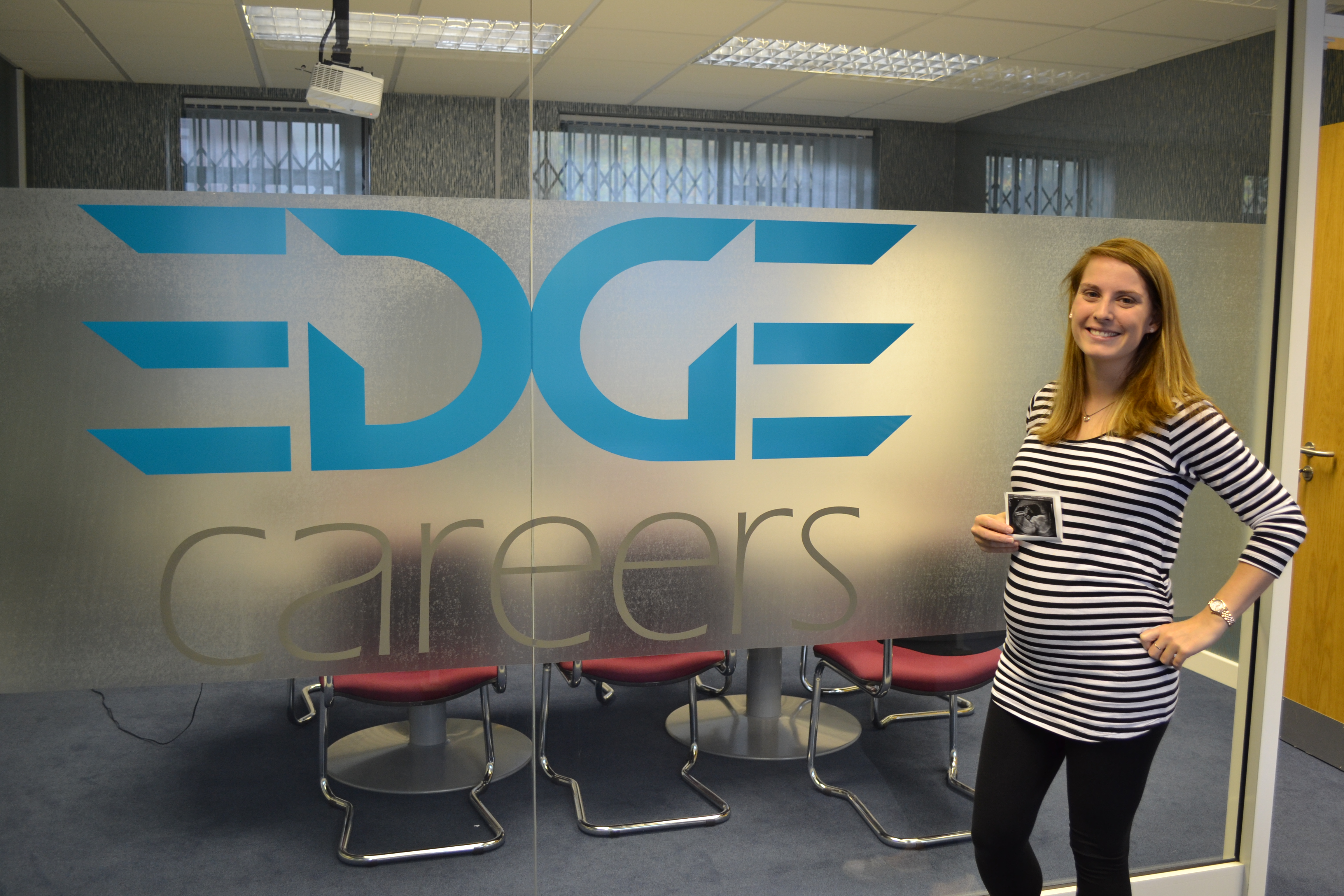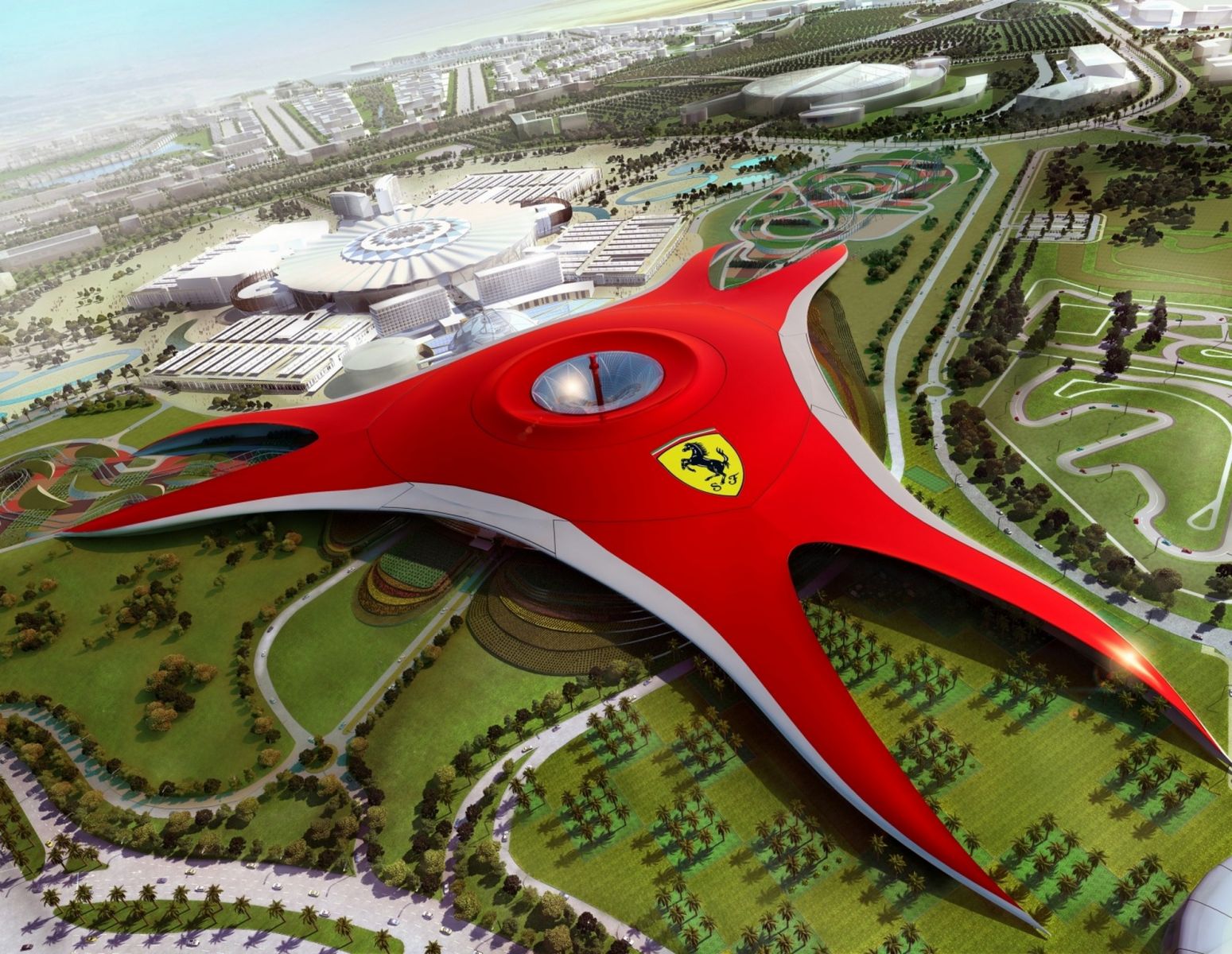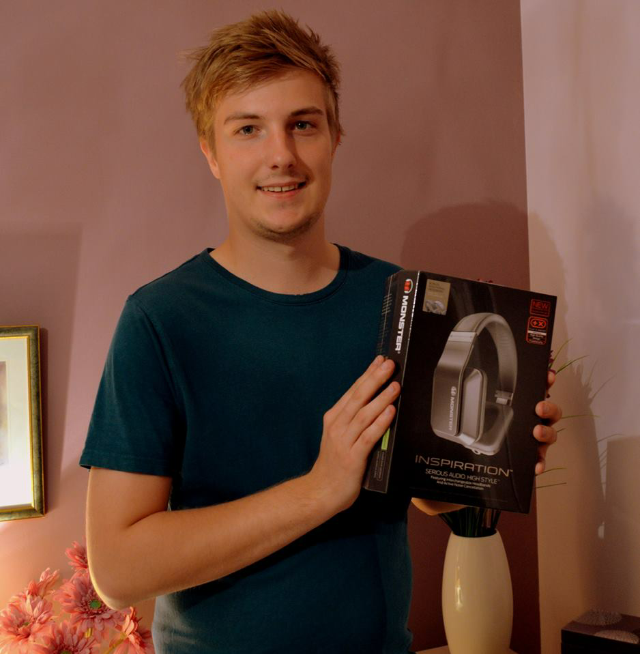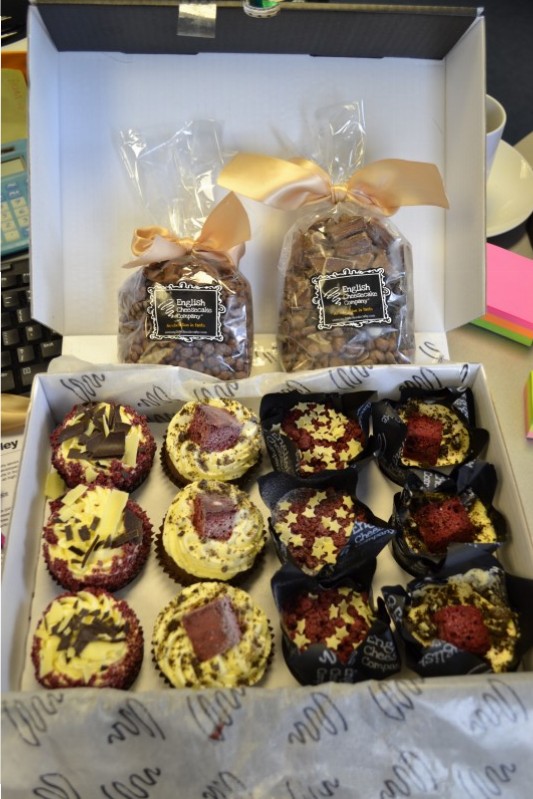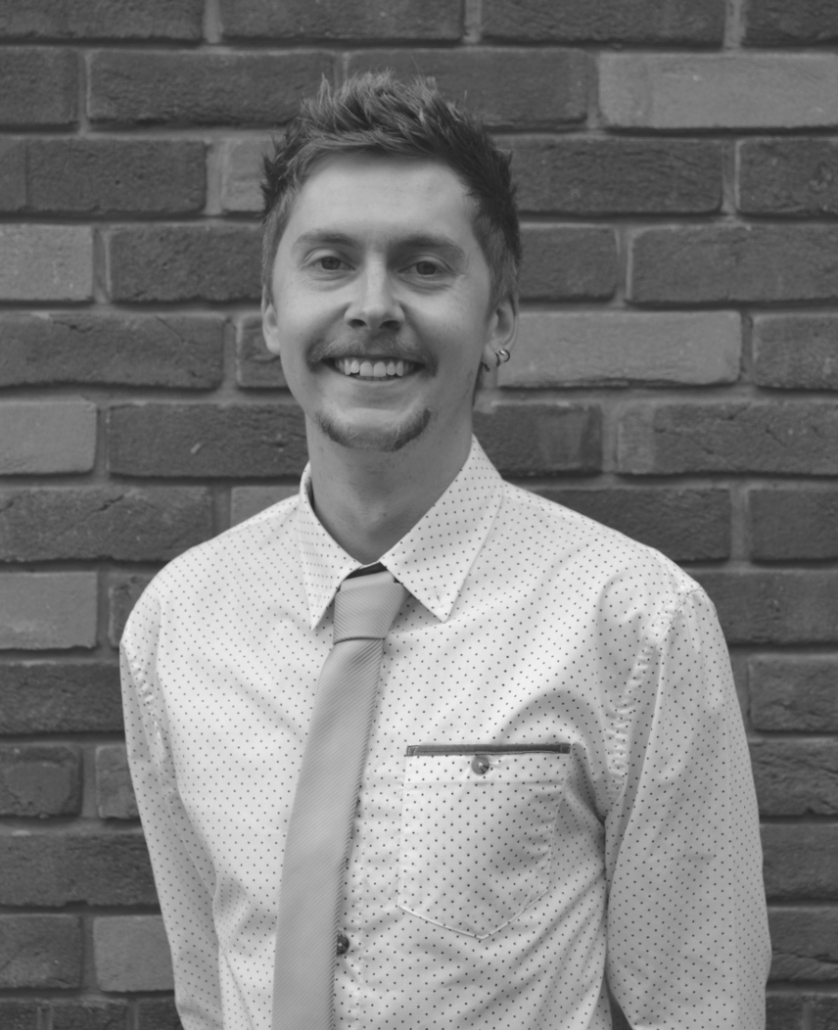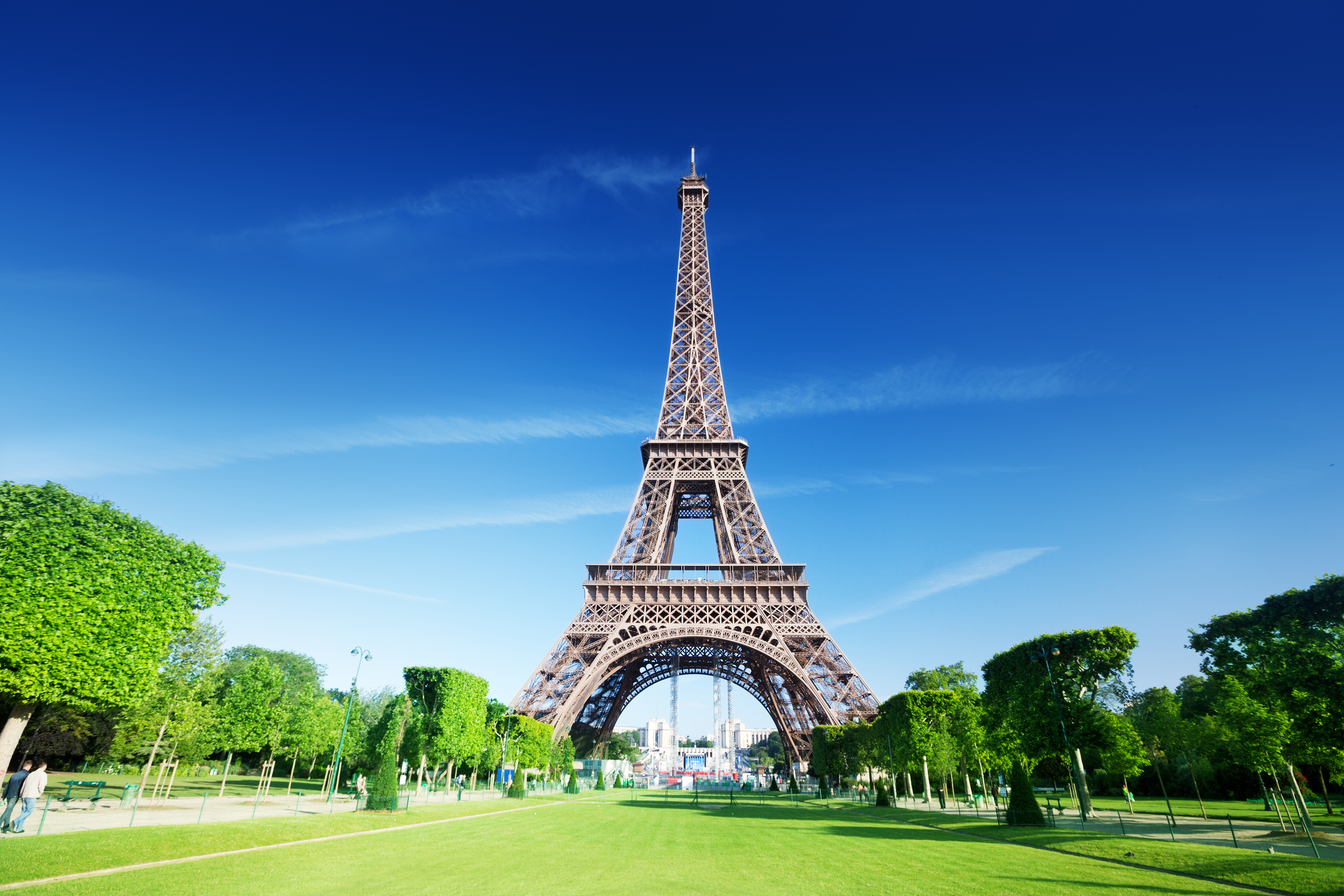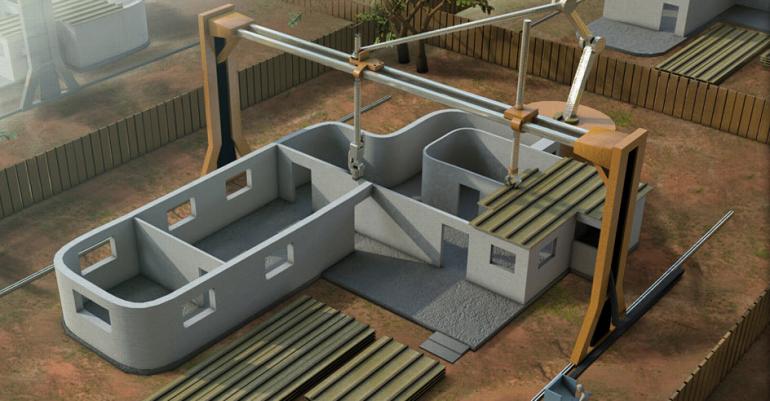
How 3d printing is transforming the construction industry.
The new technology used by the Zhuoda Group, based in Xi’an, central China, is being kept carefully under wraps. While most construction companies using 3D printing technology use a cement base, the group is using an unnamed material for its villas. The printed homes cost just 3,000 Yuan (£300) per square metre to build. Compared to an average price of 36,000 Yuan (£3,600) per square metre retail price of apartments in China today, the profit margins are impressive.
They have already applied for more than 20 patents for their unique homes but the villas are not yet available on a mass scale. However, consumers are soon expected to be able to buy made-to-order villas with the rise of 3D printing technology among construction companies.
Another company based in Shanghai built the world’s tallest 3D printed building in January. The villa built by Winsun is five storeys high and cost 1 million Yuan (£100,000) to construct. The construction firm used four huge 3D printers, which are 21 feet tall and as wide as a basketball court.
The houses are built wall by wall from an ‘ink’ made up of a mixture of cement and environmentally friendly construction waste and claims to make walls that are even stronger than concrete. The company is now working in Dubai to build the world’s first fully 3D-printed office.
This story is by constructionglobal.com

